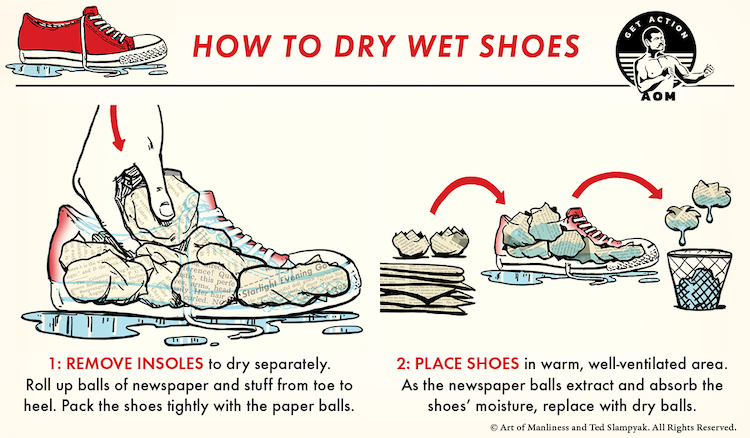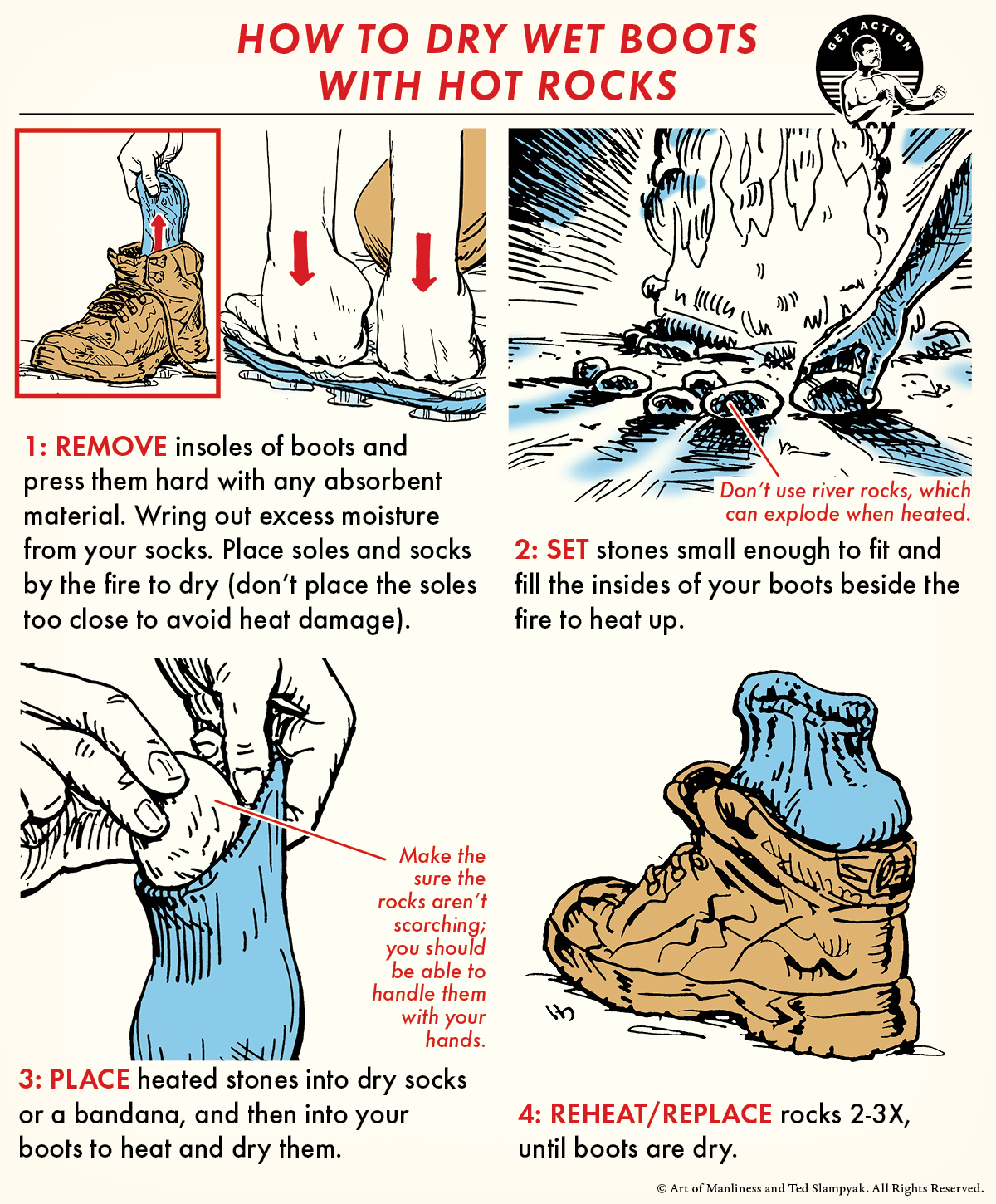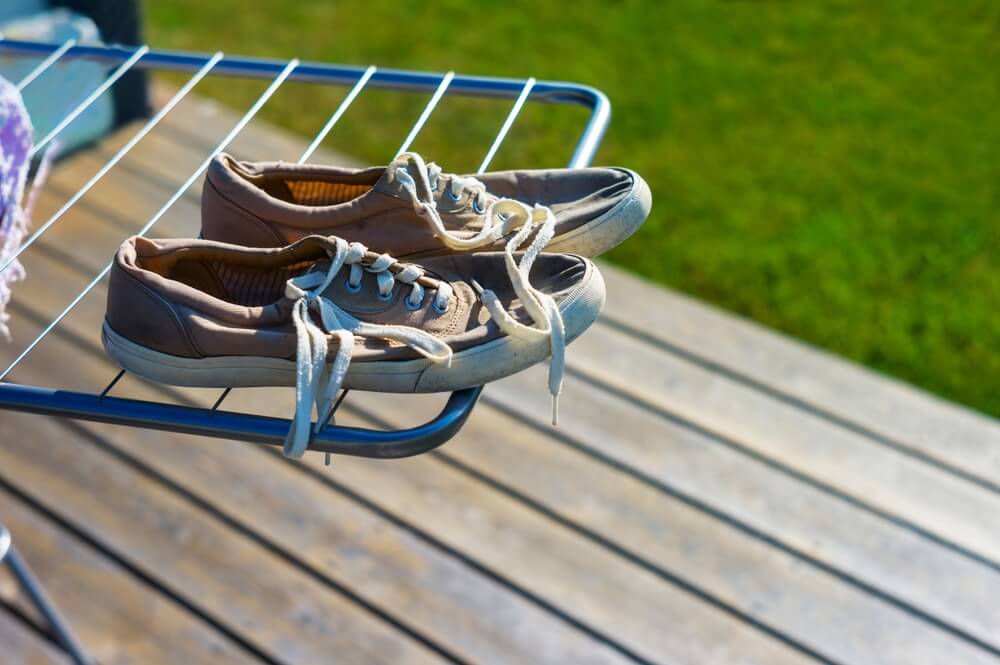Have you ever come home after a fun day in the rain, only to find your favorite shoes soaked through? Or perhaps you’ve trekked through snow only to have your boots become waterlogged? Whether you’re a shoe enthusiast, a fashion lover, or a footwear professional, knowing how to properly dry your shoes is essential to extending their life and maintaining their appearance. In this comprehensive guide, we will explore various methods to dry your shoes effectively, tips for different materials, and even share real-world experiences and case studies from footwear consumers across the USA.
Understanding the Importance of Drying Shoes Properly
Drying out shoes is more than just a matter of comfort; it plays a critical role in the longevity and performance of your footwear. Improper drying techniques can warp the shoe shape, damage materials, and create unpleasant odors. Let’s take a closer look at why it’s vital to dry your shoes correctly.
The Consequences of Poor Shoe Drying
- Material Damage: Shoes made from leather, suede, or certain synthetics can crack or degrade if dried improperly.
- Mold and Mildew: If shoes are not dried thoroughly, they can become a breeding ground for bacteria and mold.
- Odor Issues: Damp shoes often carry unpleasant smells which can be difficult to eliminate.
Essential Tools and Supplies for Drying Shoes
Before diving into specific drying methods, it’s helpful to gather some essential tools and supplies. Having these on hand will make the process smoother and more effective.
- Absorbent materials (newspapers, paper towels, or cloths)
- Shoe dryers or boot dryers
- Fan or air circulator
- Dehumidifier (for particularly humid environments)
- Odor eliminators (like baking soda or commercial sprays)
Different Methods to Dry Out Shoes
1. Air Drying
Air drying is one of the simplest and most effective methods for drying shoes, especially for materials like canvas or synthetic fabrics. Here’s how to do it right:
Steps for Air Drying
- Remove the insoles and laces from your shoes.
- Stuff the shoes with newspaper or paper towels to absorb moisture.
- Place the shoes in a well-ventilated area away from direct sunlight.
- Change the stuffing every couple of hours until shoes are dry.
Pros and Cons of Air Drying
| Pros | Cons |
|---|---|
| No additional equipment needed | Takes longer compared to other methods |
| Gentle on delicate materials | Not effective for heavily soaked shoes |
2. Using a Fan
A fan can significantly speed up the air drying process by circulating air around your shoes. This method is particularly useful in humid environments. Here’s how to use a fan effectively:
Steps for Using a Fan
- Prepare your shoes as mentioned in the air drying section.
- Place the shoes in front of the fan.
- Switch on the fan to a medium or high setting to encourage airflow.
- Monitor the drying process regularly.

Pros and Cons of Using a Fan
| Pros | Cons |
|---|---|
| Reduces drying time significantly | Requires electricity |
| Can dry more than one pair at a time | Noise can be disruptive |
3. Shoe Dryers
Shoe dryers are specially designed appliances that can effectively dry shoes quickly without damaging them. Popular brands include Peet and DryGuy.
How to Use Shoe Dryers
- Remove any insoles and laces.
- Insert the shoe dryer into the shoes.
- Set the timer and let the dryer do its work.

Pros and Cons of Shoe Dryers
| Pros | Cons |
|---|---|
| Fast and efficient drying | Initial investment required |
| Safe for all materials | May not be portable |
4. Rice Method
For those in a pinch, using uncooked rice can also help absorb moisture quickly. While not as common, this method is quite effective.
Steps for the Rice Method
- Remove the laces and insoles as usual.
- Fill a cloth bag with uncooked rice.
- Place the bag inside the shoes and leave overnight.

Pros and Cons of the Rice Method
| Pros | Cons |
|---|---|
| Very cheap and easy to do | Can be messy if rice spills |
| Effective for small puddles | Not suitable for heavily soaked shoes |
How to Dry Specific Types of Shoes
1. Leather Shoes
Leather is a beautiful but sensitive material. To dry leather shoes, follow these guidelines:
- Remove the insoles and laces.
- Stuff the shoes with newspaper to absorb moisture without distorting their shape.
- Let the shoes air dry in a well-ventilated area but avoid direct heat sources, which can damage the leather.
- Once dry, apply a leather conditioner to restore moisture to the leather.
2. Suede Shoes
Suede requires gentle care. Here are steps to dry suede shoes properly:
- Blot excess moisture with a clean cloth.
- Stuff the shoes with paper to maintain shape.
- Dry in a cool, dry place away from direct sunlight.
- Use a suede brush to restore the texture once dry.

3. Sneakers and Athletic Footwear
Drying sneakers can be easier due to their materials. Follow these steps for the best results:
- Remove the insoles for better airflow.
- Stuff with newspaper or towels, then air dry.
- For foul odors, sprinkle baking soda on the insoles before drying.
Real-World Experiences: What Works Best for Consumers
Case Study: The Rainy Day Hiker
John, an avid hiker from Colorado, shares his approach to drying out muddy boots after a rain-soaked trek. “I always use a fan in my garage. It dries them out fast, and I stuff them with newspaper for shape. I’ve tried many methods, but this works best for me.”

Case Study: The Fashion Blogger
Emily, a fashion blogger in New York City, notes, “Suede is a tricky material! I learned to never put my suede boots near the heater. I just air dry them and use a brush afterward. It keeps them looking new.”
Frequently Asked Questions (FAQs)
1. Can I put my shoes in the dryer?
It’s not recommended to put most shoes in the dryer, as the heat can warp their shape and damage materials. However, some athletic shoes can tolerate low heat settings.

2. How long does it take for shoes to dry?
The drying time varies depending on the method and material. Air drying can take several hours to a full day, while using a shoe dryer can cut that time to an hour or less.
3. What’s the best way to prevent odors while drying shoes?
Sprinkling baking soda inside the shoes before drying or using odor-eliminating sprays can help combat odors effectively.

4. Can I use a hairdryer to speed up drying?
A hairdryer can be used cautiously on a low setting, but too much heat can damage the material. Use it sparingly.
5. Is it safe to dry wet shoes in the sun?
Direct sunlight can fade colors and dry out materials like leather, so it’s best to dry them in a shaded area with good airflow.

6. What if my shoes got wet in saltwater?
Rinse them with fresh water immediately after exposure to saltwater and follow appropriate drying methods. Salt can damage materials if not treated promptly.
7. What’s the best way to maintain my shoe’s shape while drying?
Stuffing shoes with newspaper or using shoe trees will help maintain their shape during the drying process.
Conclusion: Keeping Shoes in Top Condition
Knowing how to properly dry your shoes can save you money, keep your shoes looking fresh, and extend their lifespan. Regardless of your shoe type—be it leather, suede, or athletic footwear—taking the time to dry them correctly pays off in the long run. We hope this guide has provided valuable insights and practical tips that you can implement after the next unexpected wet adventure.
For additional information on shoe care, check out this authoritative resource.